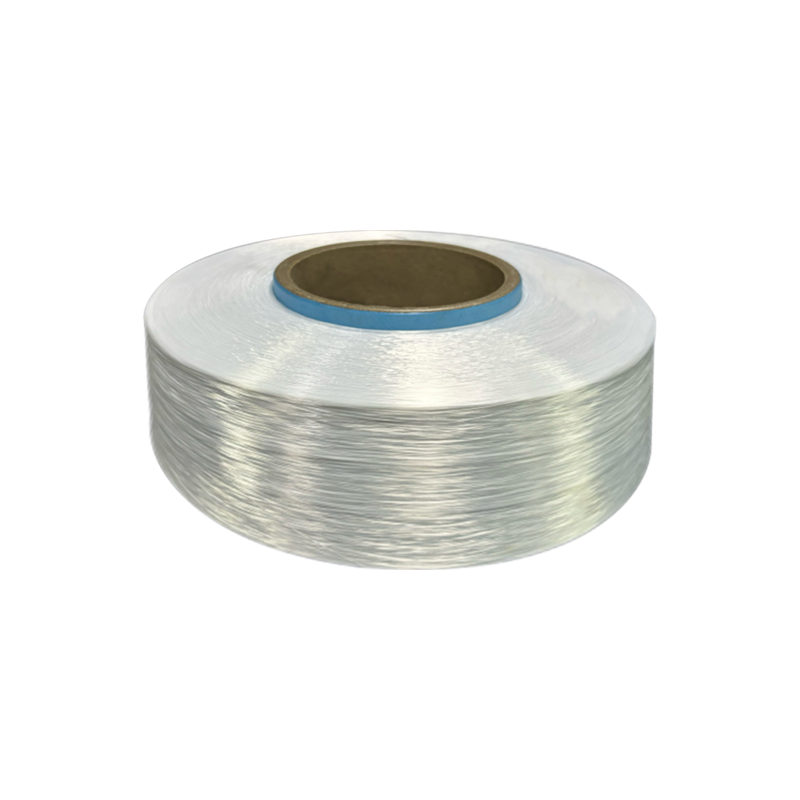
Functional The core advantage of Yarn/Fabric lies in its technological empowerment. Traditional textile materials often find it difficult to take into account both breathability and antibacterial properties, while modern processes have successfully achieved the integration of multiple functions through fiber modification, nanotechnology and post-organization process optimization. For example, Yarn/Fabric produced with special spinning technology can form microporous structures inside the fibers, greatly improving breathability, and effectively inhibit bacterial growth by adding silver ions or natural antibacterial components.
In addition, smart temperature control Yarn/Fabric has also made significant progress. This type of material can automatically adjust heat transfer according to ambient temperature, ensuring that the wearer remains comfortable under different climatic conditions. Whether it is sportswear or high-end home textile products, the application of functional Yarn/Fabric has significantly improved the user experience and further consolidated its position in the market.

Consumers' pursuit of a healthy lifestyle has directly promoted the market demand for breathable and antibacterial Yarn/Fabric. In the clothing field, especially sports and leisure categories, breathability has become one of the key indicators for consumers to purchase. Antibacterial functions are very popular among home textile products, such as bed sheets, towels and other close-fitting products. Antibacterial Yarn/Fabric can effectively reduce odor and bacterial growth, and meet consumers' dual needs for hygiene and comfort.
At the same time, the increase in global public health awareness has also accelerated the popularity of antibacterial Yarn/Fabric. In the post-epidemic era, consumers pay more attention to the safety and functionality of their products, which has brought new growth points to Yarn/Fabric manufacturers. Market research shows that the annual compound growth rate of global functional textiles is expected to remain at a high level in the next five years, with breathable and antibacterial Yarn/Fabric becoming one of the main driving forces.
Functional Yarn/Fabric Sustainable Trends
Against the backdrop of increasing environmental awareness, the sustainable development of functional Yarn/Fabric has also become the focus of the industry. Traditional functional processing processes may involve chemical additives, and now more and more companies are beginning to explore green production methods. For example, the use of bio-based antibacterial agents or degradable fibers to produce Yarn/Fabric not only meets functional needs but also reduces the impact on the environment.
In addition, the promotion of the circular economy model has also brought new opportunities to the Yarn/Fabric industry. Functional fabrics made by recycling recycled fibers not only reduce resource waste, but also comply with environmental regulations in the global market. In the future, Yarn/Fabric, which combines high performance and sustainability, will become the first choice for brands, further promoting the industry to develop towards greening.
With the continuous advancement of technology, the application scenarios of functional Yarn/Fabric are expanding rapidly. In addition to the traditional clothing and home textile fields, high-performance Yarn/Fabric has also begun to widely adopt high-performance Yarn/Fabric in the medical, outdoor, industrial protection and other industries. For example, in the medical field, antibacterial Yarn/Fabric is used to make surgical gowns, medical bandages and other products to effectively reduce the risk of infection; in the outdoor sports field, breathable and quick-drying Yarn/Fabric has become an ideal choice for mountaineering suits and cycling equipment.
The rise of smart textiles has also opened up new market space for Yarn/Fabric. By embedding sensors or conductive fibers into the fabric, future functional Yarn/Fabric may have the ability to monitor heart rate, regulate temperature, and even collect environmental data. This trend indicates that the Yarn/Fabric industry is moving towards a more intelligent and diversified direction.
Although the functional Yarn/Fabric market has broad prospects, it also faces certain challenges. First of all, high technical thresholds make it difficult for some small and medium-sized enterprises to follow up quickly, and high R&D costs may limit the speed of market popularity. Secondly, consumers' awareness of functional products still needs to be improved, and brands need to enhance user trust through the education market.
However, these challenges also breed new opportunities. With the maturity of production processes and the emergence of scale effects, the cost of functional Yarn/Fabric is expected to be further reduced, thus covering a wider market. In addition, the rise of digital marketing and cross-border e-commerce has provided Yarn/Fabric brand with more efficient promotion channels to help it reach global consumers.